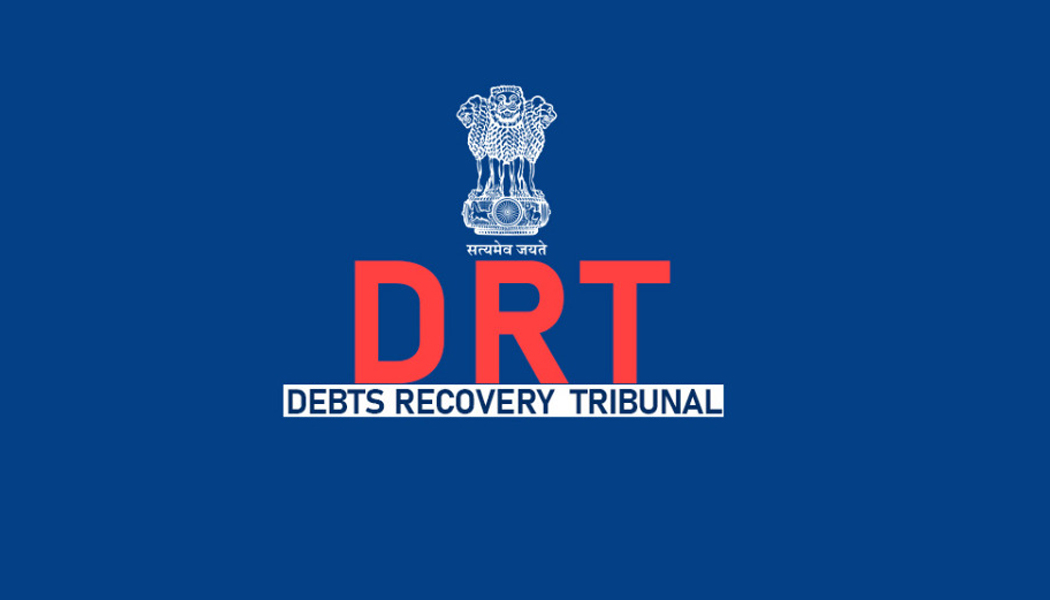
What is Difference between DRT and DRAT?
Debt Recovery Tribunal (DRT) and Debt Recovery Appellate Tribunal (DRAT): Understanding the Differences
In the realm of debt recovery in India, the Debt Recovery Tribunal (DRT) and the Debt Recovery Appellate Tribunal (DRAT) play significant roles in resolving disputes between creditors and borrowers. These specialized forums were established to facilitate the efficient recovery of debts and provide an avenue for appeal. Let’s delve into the key differences between DRT and DRAT:
1. Purpose and Jurisdiction:
Debt Recovery Tribunal (DRT):
DRTs were established under the Recovery of Debts Due to Banks and Financial Institutions Act, 1993. Their primary purpose is to adjudicate and determine matters related to the recovery of debts due to banks and financial institutions. They handle cases where the amount of debt claimed exceeds Rs. 20 lakhs.
Debt Recovery Appellate Tribunal (DRAT):
DRATs, on the other hand, were established as appellate forums to hear appeals against the orders passed by DRTs. Their primary purpose is to review the decisions made by the DRTs and provide an avenue for parties dissatisfied with DRT judgments to seek recourse.
2. Composition:
Debt Recovery Tribunal (DRT):
A DRT is typically presided over by a presiding officer, who is usually a retired district judge or an officer of a similar rank. DRTs are single-member forums, and they have the authority to pass orders and judgments.
Debt Recovery Appellate Tribunal (DRAT):
A DRAT is headed by a chairperson and consists of at least one judicial member and one technical member. The technical member is usually an officer with experience in banking or financial matters. DRATs are designed to function as appellate bodies, reviewing the decisions made by DRTs.
3. Appeals:
Debt Recovery Tribunal (DRT):
Parties dissatisfied with the decisions of banks, financial institutions, or secured creditors can approach the DRT to seek remedies for debt recovery. DRTs have the authority to pass orders for the recovery of debts, and their decisions can be appealed to the DRAT.
Debt Recovery Appellate Tribunal (DRAT):
Parties aggrieved by the decisions of the DRTs can file appeals with the DRAT. DRATs have the power to hear and dispose of appeals arising from DRT orders. They can uphold, modify, or reverse the decisions made by the DRTs.
4. Powers:
Debt Recovery Tribunal (DRT):
DRTs have the authority to pass orders for the recovery of debts, including issuing recovery certificates to recover the debt as arrears of land revenue. They can also summon witnesses, examine evidence, and enforce their orders.
Debt Recovery Appellate Tribunal (DRAT):
DRATs primarily have the power to hear and decide appeals against DRT orders. They can examine the legality, regularity, or correctness of the orders passed by the DRTs and provide their own judgments.
Conclusion:
In summary, DRTs and DRATs are specialized forums established to address different aspects of debt recovery. While DRTs handle original cases related to debt recovery, DRATs serve as appellate bodies that review and decide upon appeals against DRT orders. Both tribunals play vital roles in the efficient resolution of debt-related disputes in India, providing parties with legal avenues to seek remedies and justice in matters of debt recovery.
